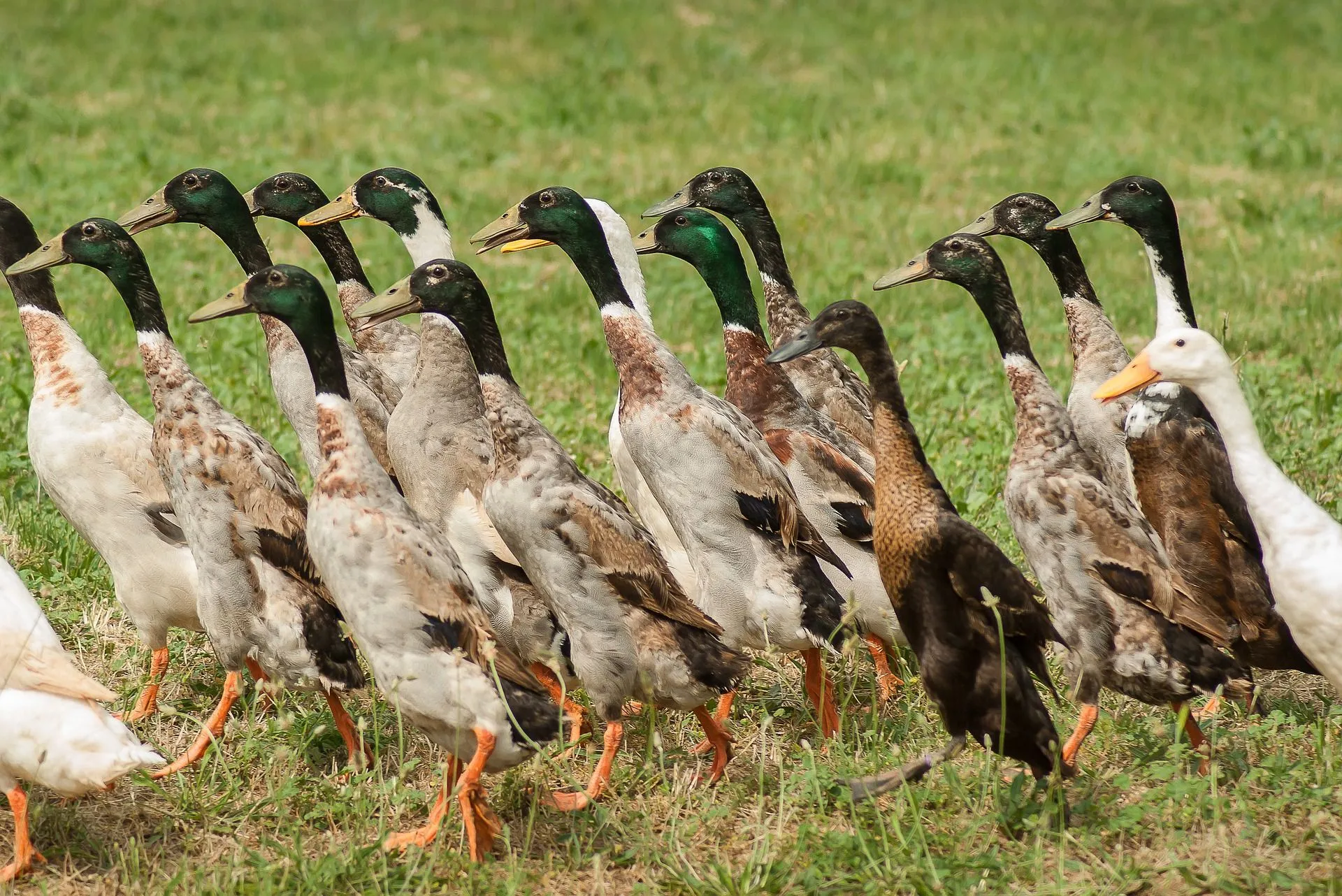

The drakes are even quieter since they make a low, raspy sound instead of quacking. The hens will quietly quack amongst themselves throughout the day, but it’s unlikely to cause a disturbance. You’ll need to dedicate time to gaining their trust and keeping them entertained. Since they require a more hands-on approach to their care, they’re not suitable for keepers with busy schedules. They require more human interactions than other breeds, otherwise they may live their whole lives stressed and scared. Once they get to know someone, these ducks will be less fearful and easier to train. Indian Runner ducks are known as friendly, docile birds, but they can be skittish around strangers. Hens make a traditional quacking sound while drakes make a softer, raspier sound. You can also differentiate the two based on the sounds they make. Males usually have curly feathers on their tails, but females do not. Femalesīesides the males being bigger than the females, there are not many significant differences between the two sexes. They have fuzzy feathers that are usually a mix of yellow and brown.
INDIAN RUNNER DUCKS SKIN
No matter how dark the feathers on these birds are, their skin is always pink underneath.īaby Indian Runner ducks look similar to other ducklings. While fawn and white are the most common feather colors, blue Indian Runner ducks are one of the most desirable varieties. Here are the common colors of this breed: Most Indian Runner ducks are a shade of brown, but there are many color varieties you could end up with. Hens stand 24 to 28 inches tall, and drakes are 26 to 32 inches. Hens weigh between 3 and 4.5 pounds while drakes weigh 3.5 to 5 pounds. Indians Runners are light ducks, but males are slightly heavier. They can run fast, but their wings are too small to fly. Unlike other ducks, these birds can’t waddle because their legs are further back. Their shape has earned them the nickname “bowling pin duck.” Their backs are long and straight, and they hold their heads high in the air. The most notable trait about these ducks is that they stand upright like a penguin. They’re often kept in large flocks for pest control and egg laying. Today, Indian Runners are common domesticated ducks again. They were bred with other breeds so often that purebred Indian Runners almost disappeared at one point.

Since they have better egg laying capabilities than most ducks, they were often crossbred with other ducks to create “designer breeds” that looked nice and laid lots of eggs.
INDIAN RUNNER DUCKS FREE
They were great at eating pests in fields, so keepers let them roam free throughout the day. These ducks likely originated from Indonesia in the 1800s. The ducks pictured are suspected to be Indian Runners because of their tall statures. Ancient hieroglyphics in Javan temples have depictions of the breed from over 2,000 years ago. Indian Runner ducks are believed to be some of the oldest domesticated ducks. LifespanĪ tall posture with a variety of feather colors Here’s an overview of this type of duck’s traits to help you decide if you want to raise any. So, if you’re looking for a fun, unique duck breed, these might be the feathered friends for you. These ducks require a decent amount of time with their humans, but they’re usually friendly and unlikely to get sick. They have many color varieties, they have a unique stature, and they lay a lot of eggs each year. If you’re interested in raising ducks, Indian Runner ducks might be the best breed for you.


 0 kommentar(er)
0 kommentar(er)
